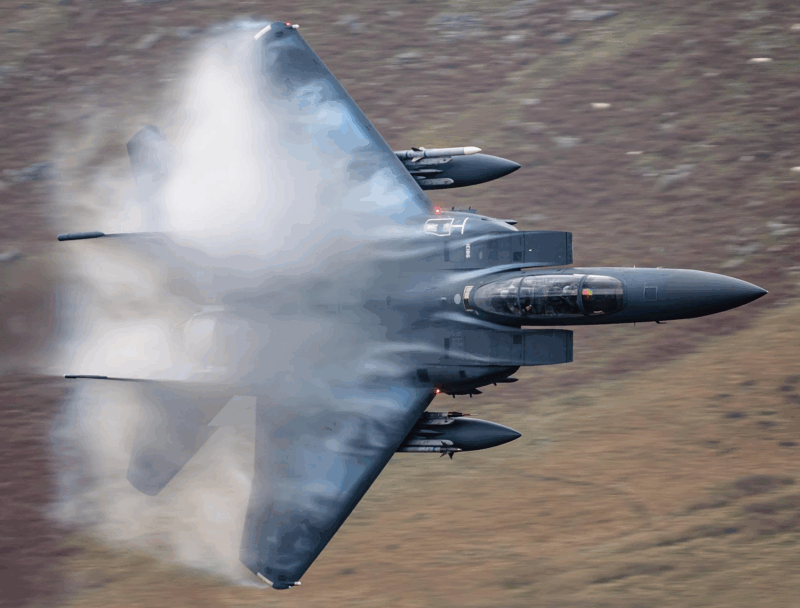DCS World’s Reimagined F-15C Eagle MSIP.
F-15C Eagle – Flaming Cliffs to Full Fidelity.
The F-15C Eagle has long been a staple of DCS Flaming Cliffs 3 (FC3), offering players a simplified experience with non-clickable cockpits and limited system depth. With the upcoming release of the F-15C MSIP full fidelity module, players can expect a dramatic shift. Full fidelity in DCS means:
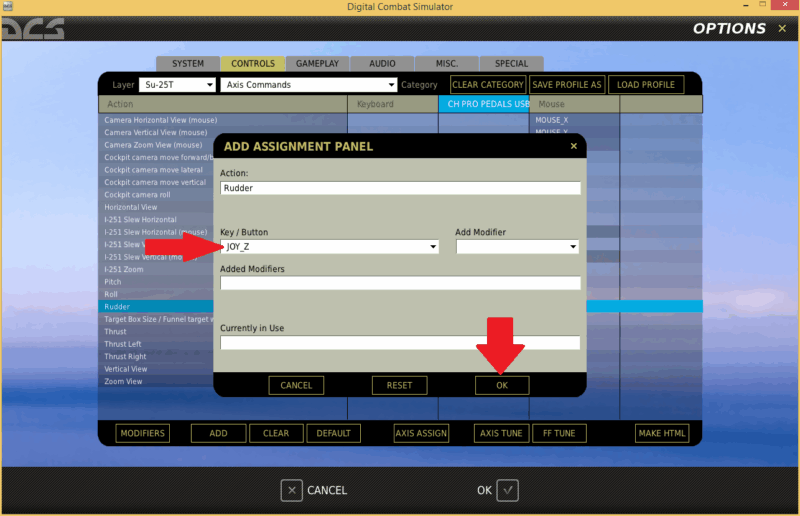
- Clickable cockpit systems – every switch, dial, and button can be interacted with.
- Advanced flight model – finely tuned aerodynamics that mirror the real jet.
- Updated 3D model and pilot – enhanced visuals and immersion.
- Deep systems simulation – radar, datalink, weapons management, and more, all modelled in detail.
For new DCS players, this means the learning curve will be steeper, but the reward is a far more authentic and immersive simulation of the F-15C experience.
The Legacy of the F-15C Eagle.
Origins and Purpose.
The F-15 Eagle was developed by McDonnell Douglas (now Boeing) in the early 1970s. Its creation was driven by the need for an air superiority fighter capable of defeating the Soviet Union’s most advanced aircraft. Influenced by the philosophy of “not a pound for air-to-ground”, the F-15 was designed to excel purely in air-to-air combat.
Development Philosophy
- High thrust-to-weight ratio – unmatched climb and acceleration.
- Large wing area – superb manoeuvrability and sustained turn capability.
- Powerful radar – long-range detection and tracking.
The F-15C variant became the dedicated air superiority model, entering service in 1979 and proving itself in numerous conflicts with an unmatched combat record.
The current Air to Air combat record is just incredible with 104 to Nil air to air victories in conflicts in the middle east and Europe.
Who Were the Fighter Mafia?
The Fighter Mafia was not an official organization but rather an informal group of like-minded advocates. Some of the most prominent names included:

- Colonel John Boyd – USAF fighter pilot, strategist, and creator of the Energy-Manoeuvrability (E-M) theory and OODA loop.
- Pierre Sprey – civilian defence analyst, critic of overly complex weapons, and strong advocate for lightweight fighters.
- Colonel Everest Riccioni – USAF test pilot and proponent of Boyd’s ideas.
- Thomas Christie & Chuck Myers – Pentagon insiders who helped push procurement reforms.
They were often at odds with the mainstream USAF leadership and the defence industry, but their ideas shaped some of the most successful fighters ever built.
What Did They Strive For?
The Fighter Mafia believed that U.S. fighter design had become too focused on technology, heavy avionics, and multi-role capability producing aircraft like the F-111 that were fast but lacked agility in a dogfight.
Their core philosophy emphasized:
- Agility Over Complexity: Fighters should be light, manoeuvrable, and optimized for air-to-air combat.
- High Energy Manoeuvrability: Using Boyd’s E-M theory, fighters should sustain energy (speed and altitude) better than opponents in combat.
- Pilot Visibility & Simplicity: Excellent cockpit visibility and simple controls mattered more than radar gimmicks.
- Cost & Numbers: Cheaper fighters meant you could build and field many more of them — overwhelming the enemy in numbers.
- Gun + WVR Missiles First: Since beyond-visual-range (BVR) missile technology was unreliable at the time, they insisted aircraft must excel in within-visual-range dogfighting.
How Did This Shape the F-15 and F-16?
F-15 Eagle.
- While larger and heavier than what the Fighter Mafia ideally wanted, Boyd’s E-M theory strongly influenced its design.
- The F-15 was given a very high thrust-to-weight ratio, large wing area, and incredible climb rate to dominate in air combat.
- Its motto “Not a pound for air-to-ground” reflects their pressure to keep it a pure air superiority fighter.
F-16 Fighting Falcon.
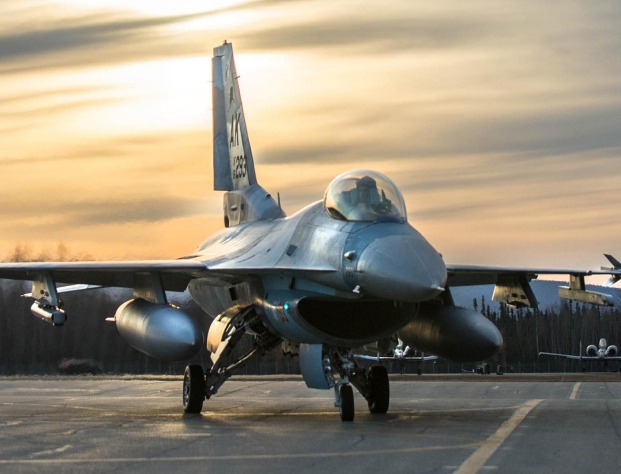
- The true “Fighter Mafia baby.”
- Designed as a lightweight, affordable, highly manoeuvrable dogfighter.
- Featured a bubble canopy for superior visibility, relaxed static stability with fly-by-wire for agility, and excellent sustained turn performance.
- Originally conceived as a day fighter without heavy radar or long-range missiles, though it later grew into a multi-role platform.
Their Legacy Lives On!
The Fighter Mafia’s influence was profound:
- The F-15 became the most successful air superiority fighter ever built, undefeated in air combat.
- The F-16 became one of the most widely produced and exported fighters, balancing agility and versatility.
- Their emphasis on manoeuvrability, simplicity, and energy advantage reshaped modern fighter design, even if later compromises added complexity.
👉 In short: The Fighter Mafia wanted to return fighter design to the basics of dogfighting supremacy with light, agile, pilot-focused jets. Their ideas forced the USAF to rethink priorities and produced two of the greatest fighters in history!
The MSIP Upgrade: A Game Changer.
What is MSIP?
MSIP stands for Multi-Stage Improvement Program, a series of upgrades applied to the F-15C beginning in the mid-1980s. At the time it was highly secret and even those working around the new jets needed to have security clearance to see the new MSIP features were.

Key Features Introduced
- Improved Radar (AN/APG-70 and later APG-63(V)1)
Enhanced detection range and better multi-target tracking. - Joint Tactical Information Distribution System (JTIDS / Link 16)
Provided datalink situational awareness, allowing Eagle pilots to share information with other aircraft in real time. Situational Awareness unheard of at the time! - Programmable Armament Control Set (PACS)
Streamlined weapon selection, improved stores management, and faster reaction in combat. - Electronic Warfare Suite Upgrades
Better radar warning receivers and countermeasure dispensers for survivability.
Situational Awareness Benefits.
These upgrades allowed pilots to:
- Detect threats earlier and more reliably.
- Share target data seamlessly.
- Manage complex missile loadouts with greater efficiency.
- Survive in increasingly hostile electronic warfare environments.
F-15C Physical Performance & Air Combat Role.
Aircraft Design and Performance
- Engines: Two Pratt & Whitney F100 turbofans.
- Max Speed: Mach 2.5+.
- Climb Rate: Over 50,000 ft/min.
- Service Ceiling: ~65,000 ft.
Turn Performance, G-Limits, and AoA – How to Be the Best Turning Dogfighter.

Understanding the Two Types of Turns.

Rate (Sustained) Turn.
A rate fight is about sustained turn rate the highest turn you can hold for many seconds while keeping energy. Its a Nose to tail fight where both aircraft are turning in the same direction.
- Optimal Speed: 300–450 KCAS (≈ 0.5–0.9 Mach at medium altitude)
- Typical Sustained AoA: 10°–16°
- Sustained G: 6–7 g (depending on fuel and weapons load)
- Use: Ideal for prolonged maneuvering and energy management.
Instantaneous (One-Circle) Turn.
An instantaneous turn emphasizes peak turn performance for a short burst. This is a fight where the aircraft constantly turn head on to each other!
- Optimal Speed: 250–350 KCAS
- Peak AoA Range: 18°–24° (short duration)
- Peak G: 7–9 g (transient)
- Use: Snap turns, reversals, and sudden nose position changes.
Best AoA for Each Situation
Sustained Rate Fighting
- Fly at 10°–16° AoA.
- Balances lift and drag for maximum sustainable turn performance.
Instantaneous Fighting
- Brief bursts at 18°–24° AoA.
- Delivers peak turn rate but bleeds energy very quickly.
- Pull hard and ease to best Rate Speed is advisable.
G-Limitations – Structural and Human.
Aircraft Limits
- F-15C max limit: +9 g (clean configuration).
- Negative g tolerance is much lower.
- DCS models G-limiter protections, though Over-G is possible.
Human Limits
- Sustained 6–7 g can cause G-LOC (loss of consciousness) without G-straining maneuvers.
- Real pilots rely on G-suits and proper breathing techniques.
- In DCS, pilot blackouts simulate real-world limits.
Audible Warnings: G and AoA Beeps
What the Sounds Mean?
G-Warning Beeps!
- Start intermittently as you approach G/AoA limits.
- Intensify in speed and frequency the closer you get.
- Urgent sustained tone indicates an Over-G or departure risk.
Over-G Annunciation.
- Distinct, sharp tone and cockpit warning.
- In real aircraft, this risks airframe damage; in DCS, stores or controls may fail.
AoA / Buffet Warning!
- AoA indexer and audible tones cue high-AoA flight.
- Stick buffet or tone means you’re near departure.
How to Use the Sounds Tactically.
Pre-Emptive Control
- React at the first beeps. Ease off pressure slightly to maintain energy.
Rate Fighting.
- Use the beeps to hold maximum sustained g without hitting Over-G.
Instantaneous Fighting.
- Expect the tone to escalate fast use only for brief nose-positioning advantage.
AoA Warnings.
- If you hear buffet or AoA tones, reduce AoA immediately to avoid a stall or spin.
Practical Training in DCS.
If you want to be the best dogfighting pilot you can be then PRACTICE MAKES PERFECT. Real fighter pilots spend years practicing and dogfighting to hone their skills.

Its highly recomended especially when you forst get the new DCS MODULE that you just go fly it! Do speed runs, turning and aerobatics and see how it handles. Try the speeds for both instantaneous and rate turns. Learn to do it instinctively and listen to your aircraft! It will speak to you and you will become great friends!
Sustained Turn Drill.
- Enter at ~350 KCAS.
- Hold 6 g / 12° AoA.
- Listen for tones and note the threshold before Over-G.
Instantaneous Snap Drill.
- Enter at ~300 KCAS.
- Pull hard to 8–9 g, AoA 20°+.
- Recover quickly before energy bleeds away.
Summary Checklist.
- Rate Fight: 300–450 KCAS / 10°–16° AoA / 6–7 g.
- Instantaneous: 250–350 KCAS / 18°–24° AoA / 7–9 g (short).
- Respect +9 g structural limit and use tones as feedback.
- Never ignore Over-G tones – ease off immediately.
Weapons Systems
- AIM-7 Sparrow: Medium-range, semi-active radar-guided. 10–15 nm effective.
- AIM-120 AMRAAM: Active radar-guided, fire-and-forget capability. 25–30 nm effective in combat.
- AIM-9 Sidewinder: Short-range, infrared-guided missile. <10 nm, typically within visual range.
- M61 Vulcan Cannon: Internal gun for close combat.
Eagle Tactics.
One of the most famous tactics employed by F-15Cs is the “Eagle Wall” – multiple Eagles spread across a wide front, overwhelming enemy aircraft with radar coverage and missile salvos. Other tactics include high-speed slashing attacks, energy fighting, and leveraging data linked situational awareness.
In this situation everyone knows what part of the sky to cover to make the wall efficient. If there are 4 fighters then the Left two may be Searching left of centre in two separate altitude blocks while the other two do the same but right of the formation with some central overlap! Actual tactics are not publicly available.
The Developers Behind the Module
The F-15C MSIP full fidelity module is being developed by Eagle Dynamics (ED), the creators of DCS World. Their proven track record includes high-quality modules like the F/A-18C Hornet, F-16C Viper, and AH-64D Apache.
Given ED’s history of delivering highly detailed aircraft, the upcoming F-15C MSIP promises to set a new benchmark in fidelity.
Conclusion
The upcoming F-15C Eagle MSIP module for DCS World represents one of the most exciting developments for the sim in years. With its clickable cockpit, polished flight model, advanced systems, and legendary history, it offers both veteran and new players an unparalleled chance to master one of the world’s most successful air superiority fighters.
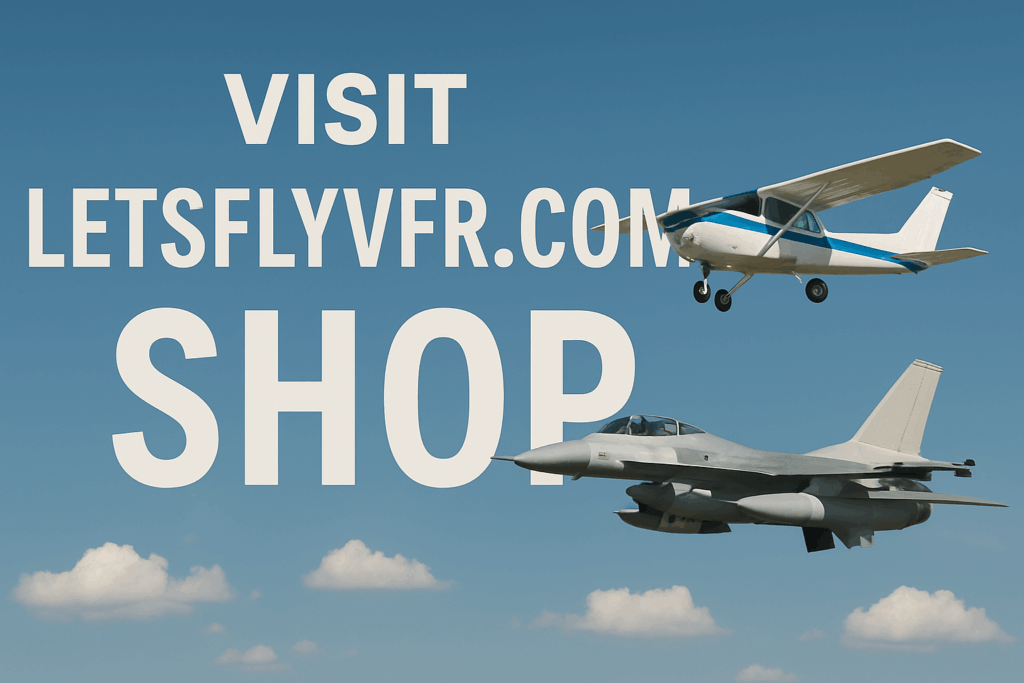
Author
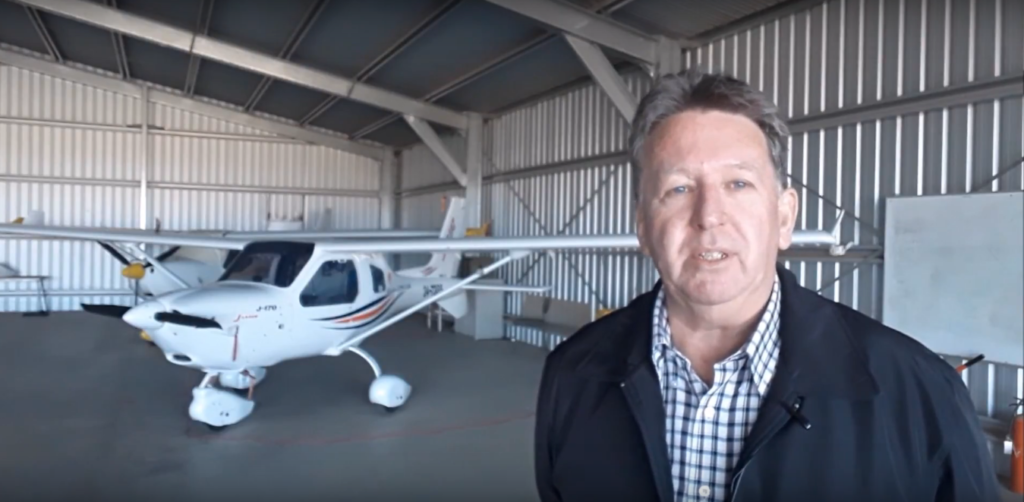
Brendon McAliece (Aka Gunnie) is a military veteran with 23 years working on Jet Fighters, their weapons systems and ejection seat/module systems as well as munitions and R&D.
Involved with flight simulation since the 1980s, he has flown all the major flight simulators over the years. He is an Australian expat who has lived in Malaysia, UK, Saudi Arabia and more recently Thailand.
He is a multi-lingual blogger who loves to share his life experiences here on LetsFlyVFR.com and DreamingGuitar.com, with his lifestyle and Travel experiences Blog plus his Dreaming Coffee website.
Learn More @
DreamingGuitar.com – DreamingCoffee.com – LetsFlyVFR.com
(HOME – BLOG – SHOP – ABOUT)
This page has been viewed 0 times.
As an Amazon affiliate I may benefit from qualifying sales.
